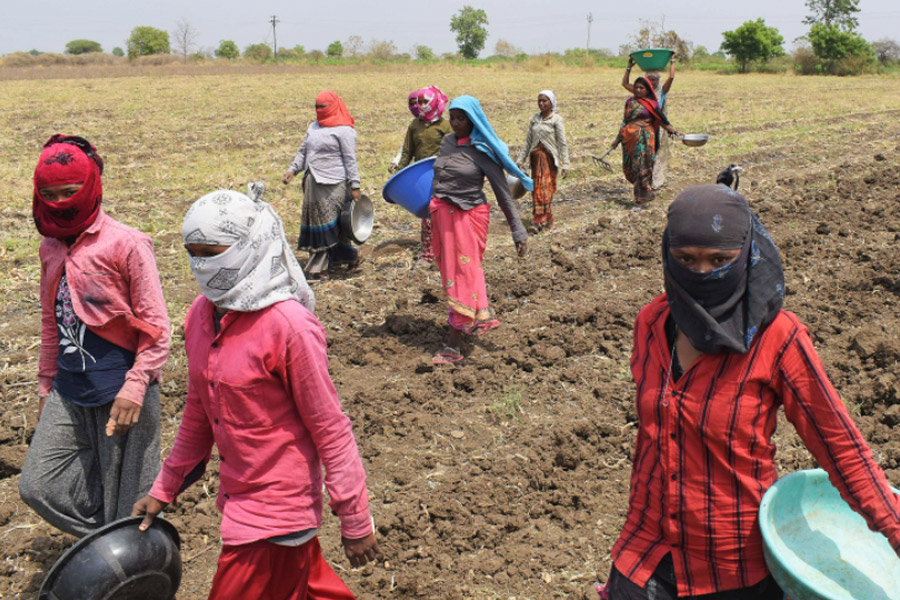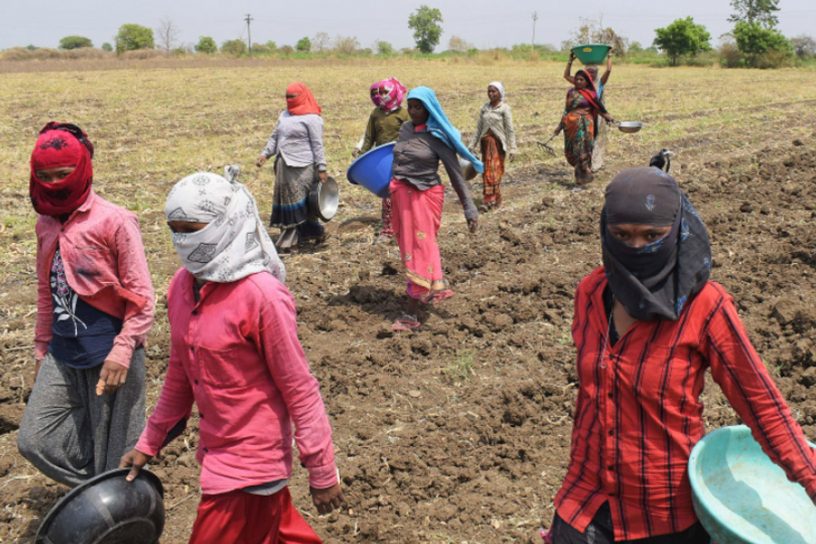
The researchers found that while women farmers undertake more laborious and time-consuming processes, the daily wage for female workers is Rs 150, much lesser than Rs 350-400 that their male counterparts earn.
Authors
Deepanshu Mohan, Associate Professor of Economics and Director, Centre for New Economics Studies, Jindal School of Liberal Arts and Humanities, O.P. Jindal Global University, Sonipat, Haryana, India.
Jignesh Mistry, Photojournalist and Senior Research Analyst, Centre for New Economics Studies, Jindal School of Liberal Arts and Humanities, O.P. Jindal Global University, Sonipat, Haryana, India.
Vanshika Mittal, Senior Research Analyst, Centre for New Economics Studies, Jindal School of Liberal Arts and Humanities, O.P. Jindal Global University, Sonipat, Haryana, India.
Summary
Rivers of ink have been spilled over discussing the lack of recognition attributed to women’s labour in farming. The ‘unpaid’ nature of most work undertaken by women farmers has particularly drawn a lot of focus amongst econ-feminists and other social scientists in recent years.
The National Policy for Farmers drafted by the committee led by MS Swaminathan in 2007 identified any individual engaged in economic and/ or livelihood activity of producing primary agricultural commodities, be in the capacity of cultivators, sharecroppers, fishers, or gardeners, to be duly recognised for work in farming.
It also extends to include tribal families who perform shifting cultivation and others in horticulture, vermiculture, and agro-forestry.
This is, however, contrasted by most government policies that often tend to provide farming/agri-support and benefits only to land-owning farmers, which causes the welfare safety net to be disproportionately distributed between ‘land-owning farming class’ and the ‘land-tilling working farmer’.
Our team interacted with numerous women farmers to know more about their stories and how – with limited support – they toil and till in the fields.
Despite Workload, Women Farmers Invisible
Traditionally, it has been observed that women farmers undertake more laborious and time-consuming processes, such as weeding, loosening the soil, and seed preservation.
Furthermore, the daily wage for female workers is Rs 150, which is much lesser when compared to their male counterparts who earn Rs 350-400. The prevalence of gender inequality in law and its practice by the executive further deprives them of the right to possess land and move out of this oppressed cycle.
As a result, women farmers are isolated and dependent on their husbands and fathers for the development of the fields and the sale of crops.
Published in: The Quint
To read the full article, please click here.


